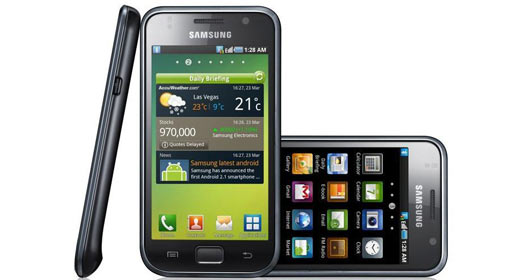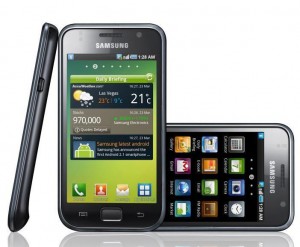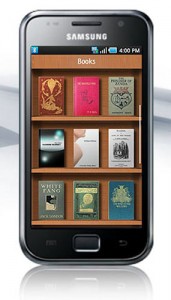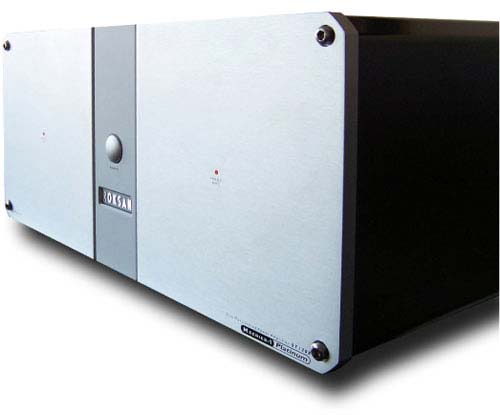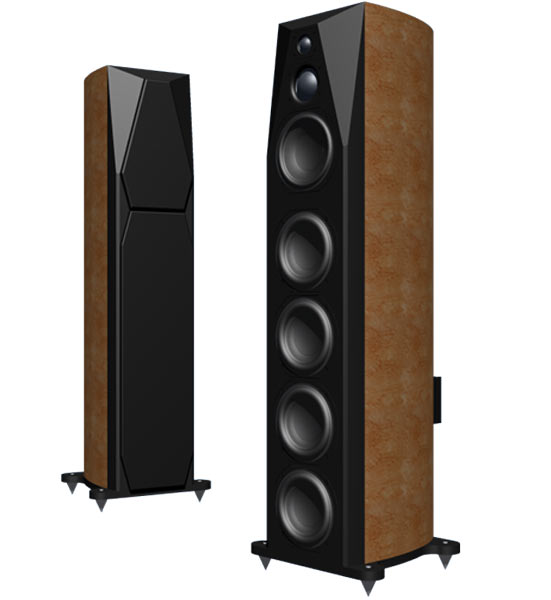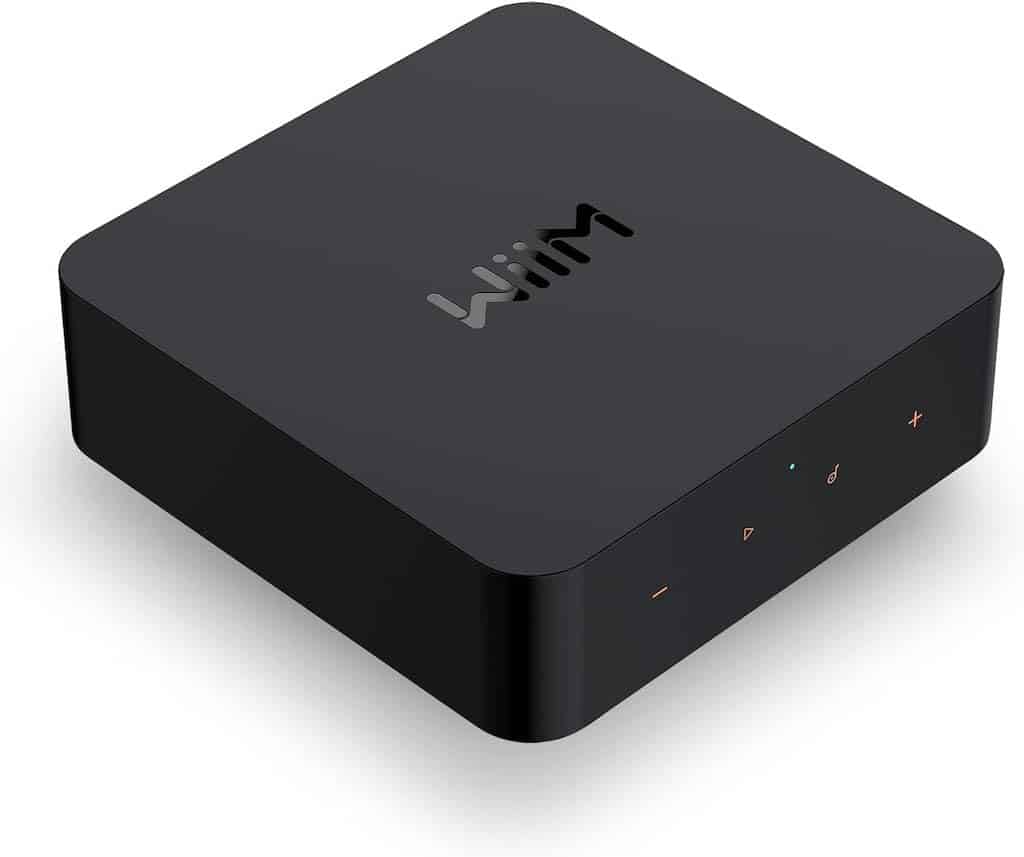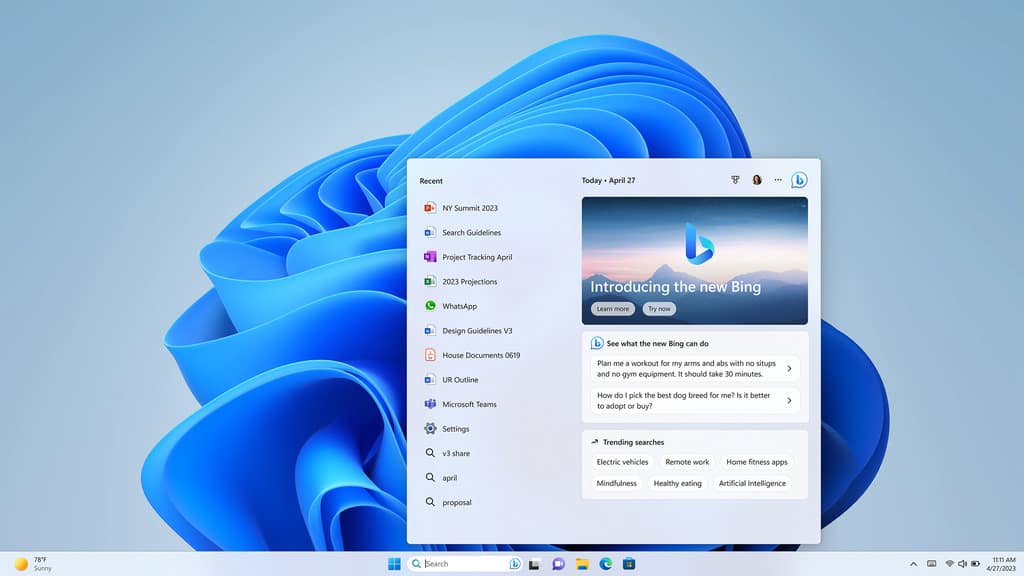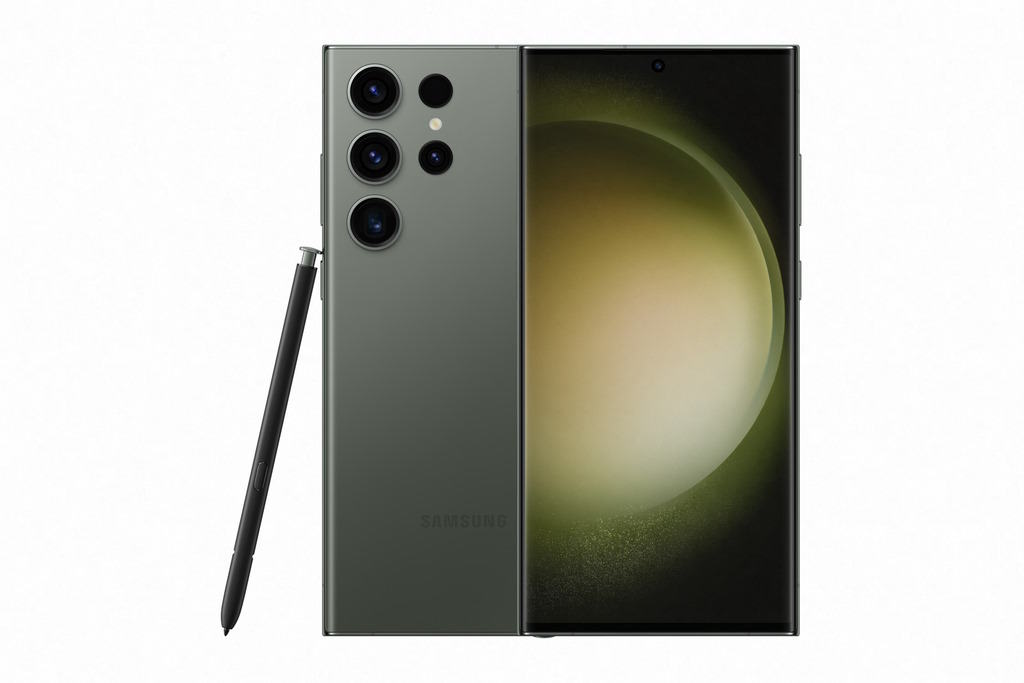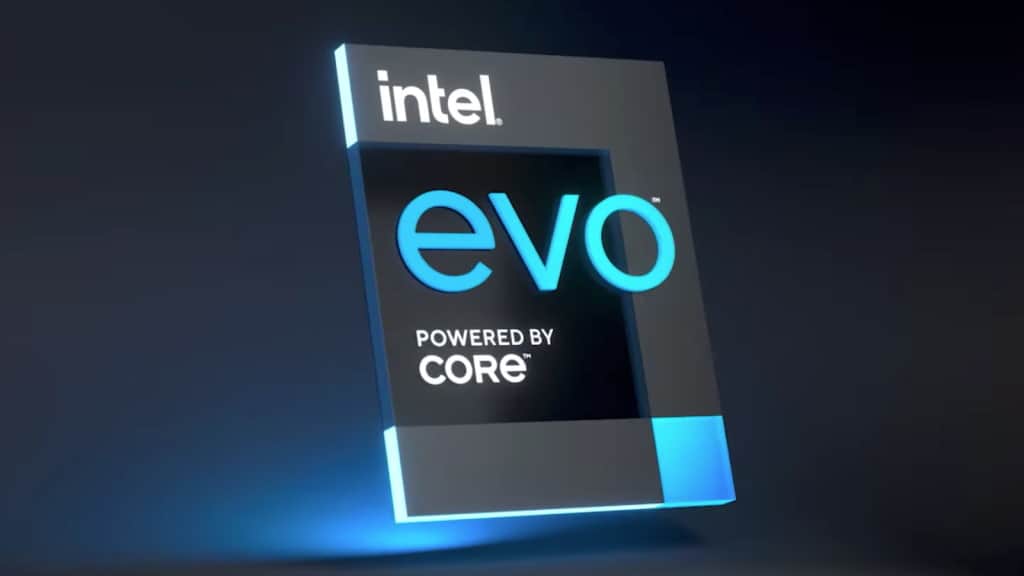$999 (mobile only, less with plans)
3 stars
Samsung’s new smartphone is a winner, but clunky software and some issues prevent the Galaxy from warp-speeding to the final frontier
Most people I showed Samsung’s Galaxy S to immediately assumed it was an iPhone. You can understand their confusion; on first glance it does look eerily similar to Apple’s ubiquitous 3G model. A friend who is a bit of an Apple nut was aghast at the resemblance and wondered how Samsung got away with the Galaxy S without getting sued. Given that Samsung is one of Apple’s biggest suppliers, I’d guess that there must be some leeway, with Apple looking the other way to an extent. The same point was raised regarding the Android operating system, which again bears an uncanny similarity to the iPhone OS.
If you can’t beat them, you have to join them I suppose, and anything has to be better than some of the smartphone software out there.
Features and Construction
The Galaxy S is a lightweight, slender unit. The plastic back doesn’t feel as classy or as reassuring as an iPhone, which comes off more like a solid chunk of machined material. The Galaxy S definitely feels a little dainty as the back flexes in your hand, but that flexibility means that the Galaxy S might survive being bounced off the pavement better than an iPhone.
Controls include a power switch, volume control, 3.5mm earphone jack and a USB connector. The plastic back pops off to reveal easy access SIM card and Micro SD card slots – it’s very cool to be able to expand your storage with relatively cheap SD media. The four-inch AMOLED screen is truly excellent, well ahead of the iPhone 3 screen in terms of sharpness and brightness, although the Retina screen on the iPhone 4 is just as good.
Battery life was good, unless I indulged myself in the Asphalt racing game or cranked through YouTube videos for too long.
Media Playback
There’s no dock of any kind on the bottom of this phone, which is where the iPhone has a major edge – there are vast piles of iPod dock/speaker options out there supporting Apple’s 30-pin connector, whereas the Galaxy S is limited to its 3.5mm connection.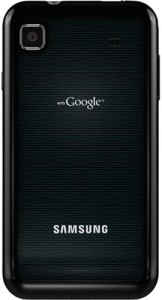
Apple’s dock connector is versatile thing, offering far better sonics than the mediocre 3.5mm output stages on this type of device and even allowing direct access to the digital stream in high-end devices. What the Android phone makers need to do is to come up with a universal dock standard that can be implemented across all Android phones – this would open up a market far bigger than the one Apple enjoys access to.
Audio output from the 3.5mm jack was average at best. Even with a set of $499 in-ear ‘phones, it couldn’t match either my iPod Classic or iPhone 3GS, sounding somewhat congested and undynamic. The 5.0 MP camera didn’t impress all that much either; it’s an okay performer but no replacement for a dedicated still camera, and also not quite up to the units in the later iPhones. It does shoot decent HD video though.
Ease of Use
The processor is fast enough that the phone never feels as if it’s lagging behind the user’s intentions. The Android OS is up to version 2.1 for the Galaxy S and it’s a well-rounded piece of software with few limitations, but an update to 2.2 must surely be coming soon. Android is easy to use and as my colleague Gary Steel pointed out, it makes the Galaxy S far more intuitive than many of the smart phones out there; it leaves Nokia’s Symbian OS in the dirt and is close to an iPhone in terms of usability (gee, imagine that).
The back button on the front of the phone actually makes a great deal of sense once you’ve used it for a while, intuitively simplifying navigation. Nice touches include the pulldown menu at the top of the home screen, which is a very handy way to access the most used settings, while the SWYPE text input system works beautifully once you get the hang of it, although it does rely on actually being able to spell.
There’s a huge choice of Android apps available online, with more coming all the time as the platform gains momentum. Samsung has designed social hub functionality into the Galaxy S that ties together multiple social media platforms in a single app. There’s also the ability to stream HD content to certain Samsung TVs and to wirelessly control them using the phone and Wi-Fi; a gratifying feature if you happen to have one of these TVs.
Negatives
The review unit’s accelerometer must have been asleep on the job because the Galaxy S was occasionally reluctant to register that its orientation had shifted, and then it would suddenly catch a wake up and shift just as I’d accepted that I’d have to use the display that way. This is a frustrating thing to deal with in a phone that should be seamless to use.
Another area where Samsung is emulating Apple is in the mediocrity of the supplied earphones. They look quite flash, even up-market, but they don’t sound great. Well, actually they don’t even sound good, just flat and overly thin. A $30 set of Sennheiser’s budget MX460 ‘phones beats the pants off them in every way. This is a pain considering that the Samsung ‘phones do double duty as the hands-free kit, so you’re stuck with them unless you buy a set of aftermarket ‘phones with a mic, or go with a Bluetooth kit.
Another issue I had with the Galaxy S wasn’t so much with the phone as with the Kies PC software, which seriously had me cursing out loud at one point. Frustrating? You better believe it. Even finding it on the Samsung website was a pain. Once it’s installed, it proves tolerable despite its clunkiness, but its modular approach isn’t a patch on the integrated simplicity of iTunes. Kies doesn’t really tie together as a cohesive whole and it looks and feels just like the MP3 player software that the likes of Samsung and LG were throwing in with their players a few years back. Even trying to access apps is a hassle as the software pops up a message moaning about access being denied on this phone model because of Google’s policy.
Humbug. I assume that the software design team must be secretly in Apple’s employ and cleverly beavering away in the background making mediocre software on behalf of their masters in Cupertino. What Samsung should do is hire a few of Apple’s best software engineers or at least flick me some loot to consult on the next incarnation of the software.
Conclusion
In short, the Galaxy S is a very good phone, unfairly burdened by sub-par computer software and average music playback abilities. I hate to keep harping on about Apple’s products but there’s a reason I do; they aren’t so much phones as state-of-the-art mobile communications/media platforms and the integration is superb at every level because Apple has been at it for so long. The Galaxy S needs a little more polish before the next version leaves the factory and a long, hard look at the overall integration with its software. Four stars as a phone (yes it is that good) but three stars as a system, which is how you’ll have to live with it. ASHLEY KRAMER

